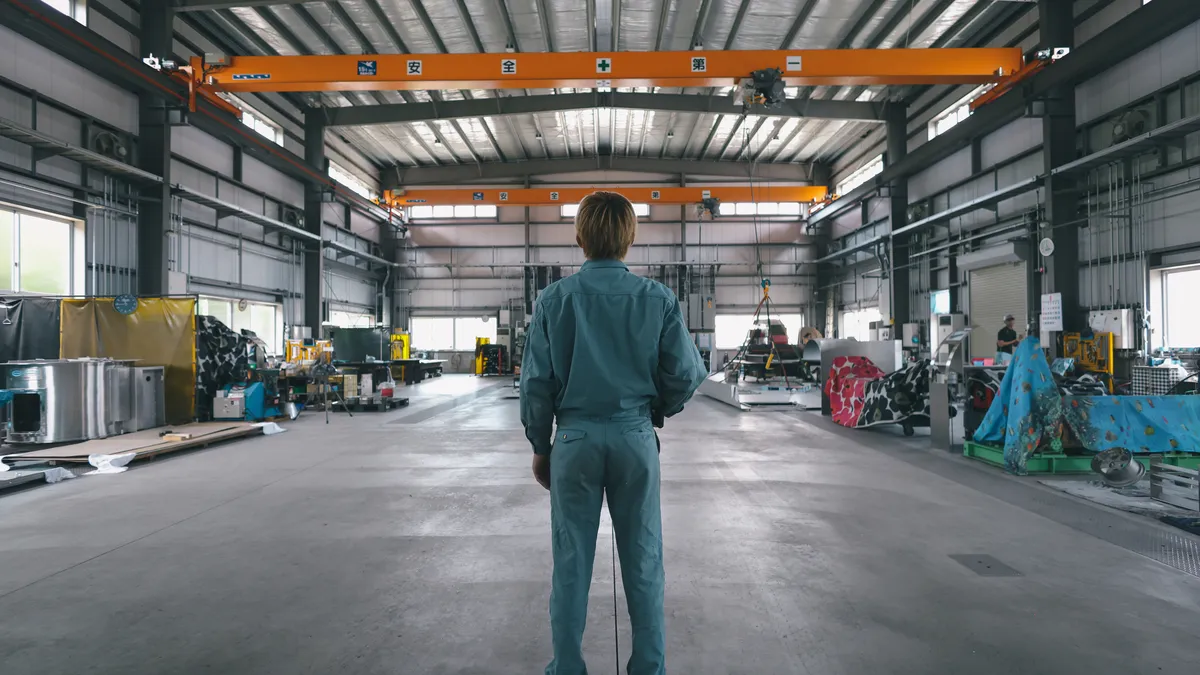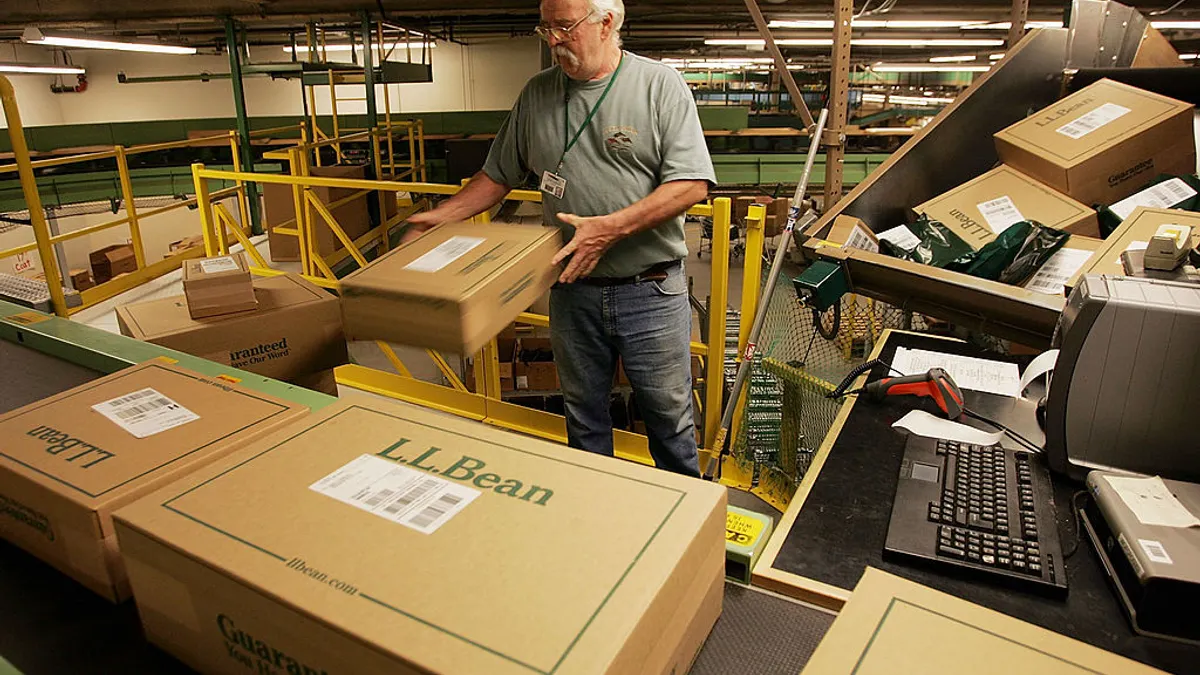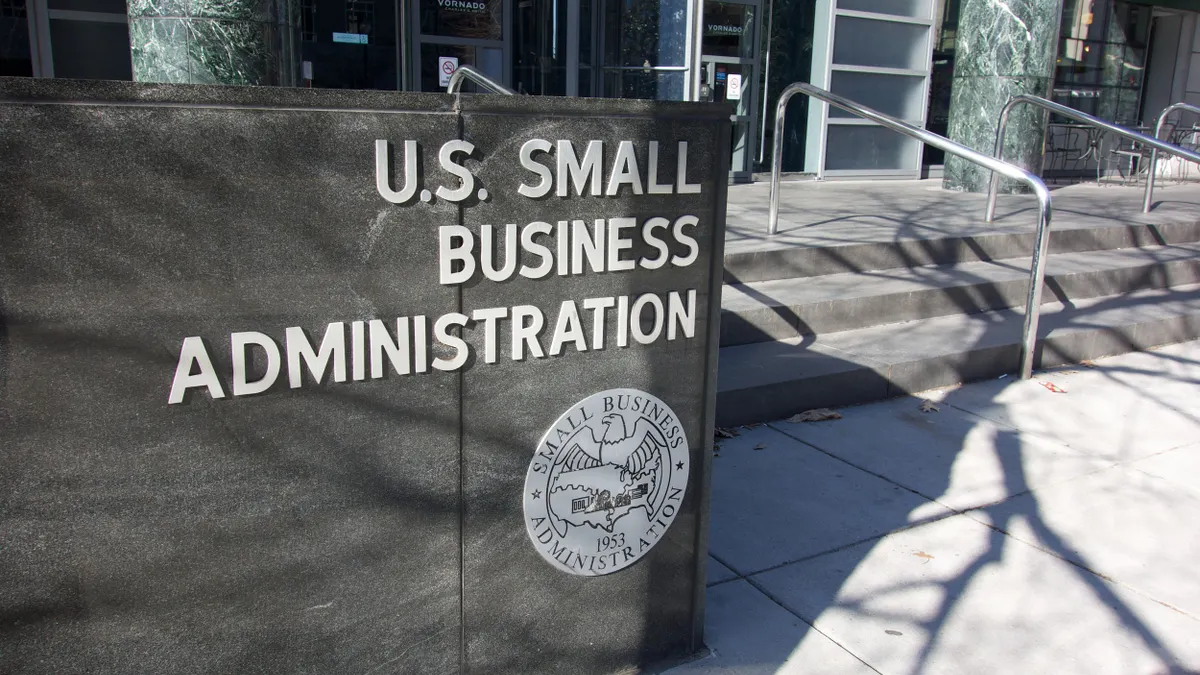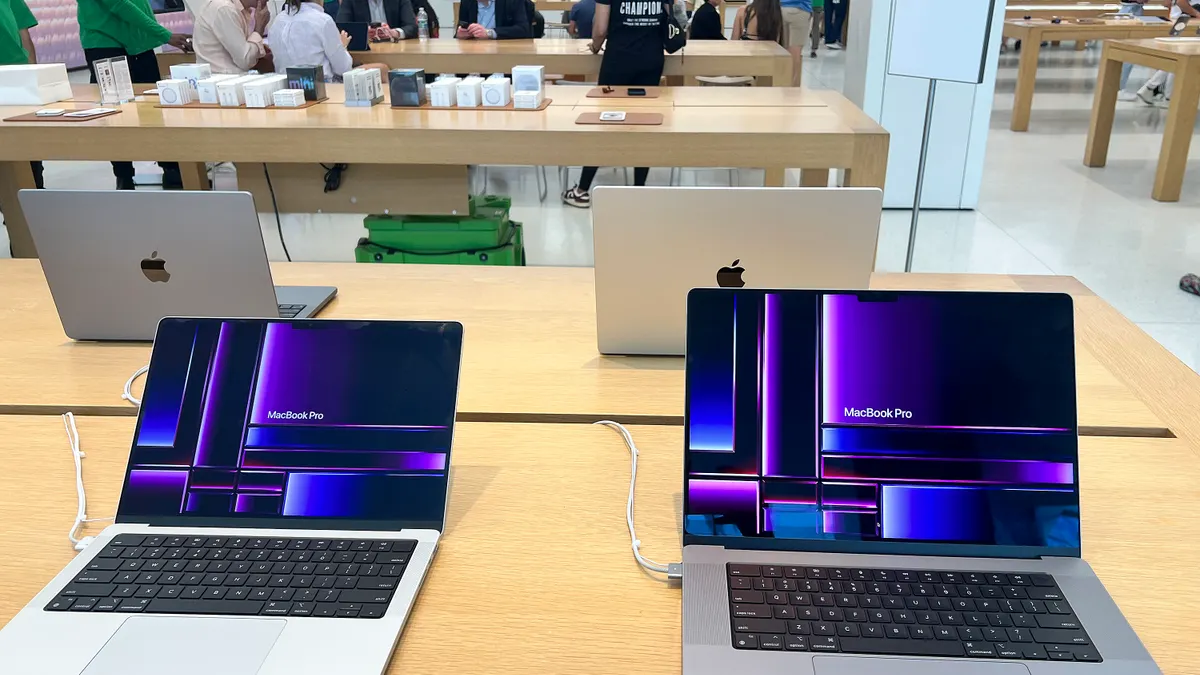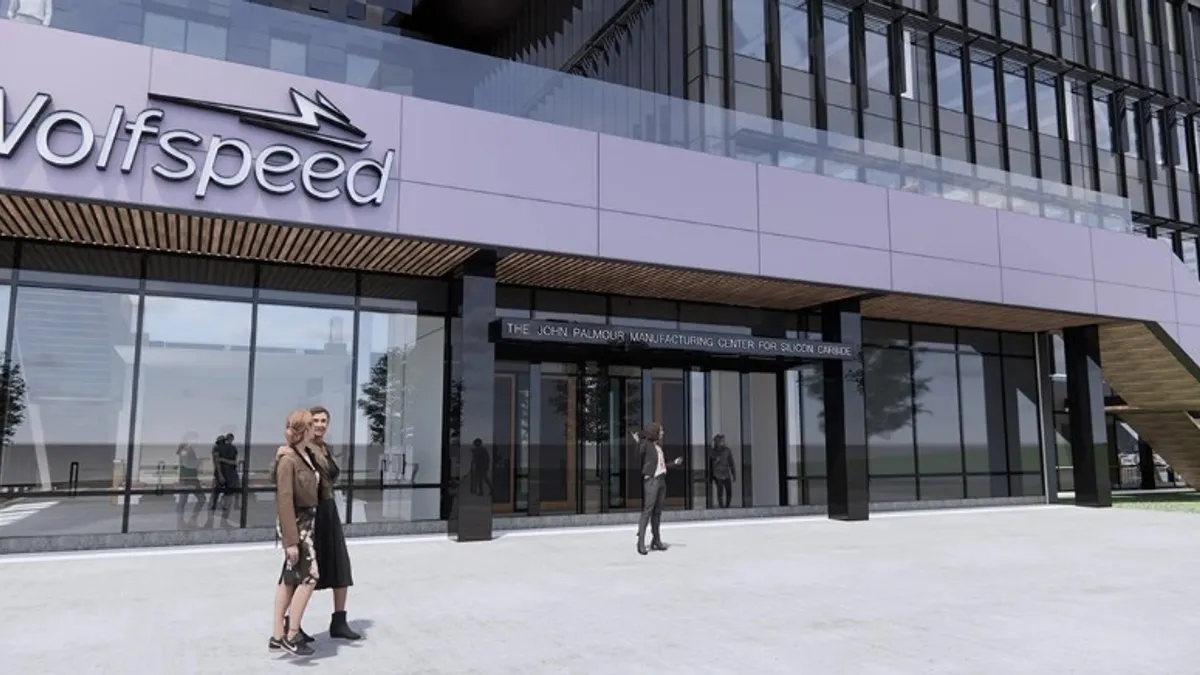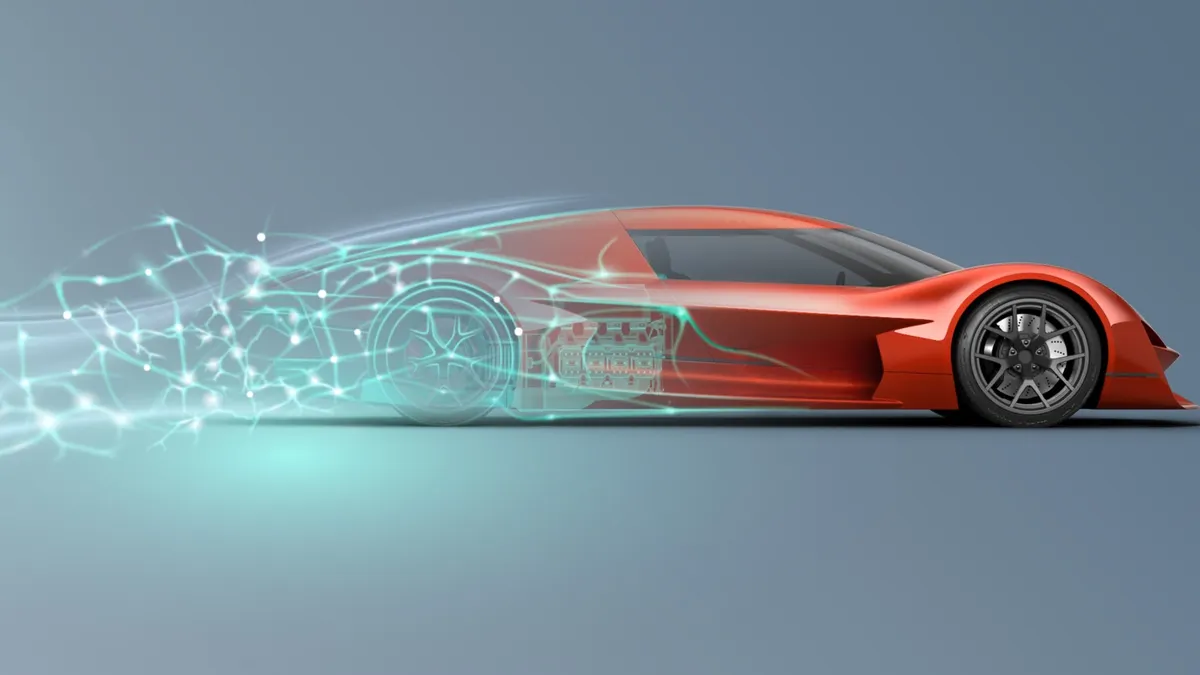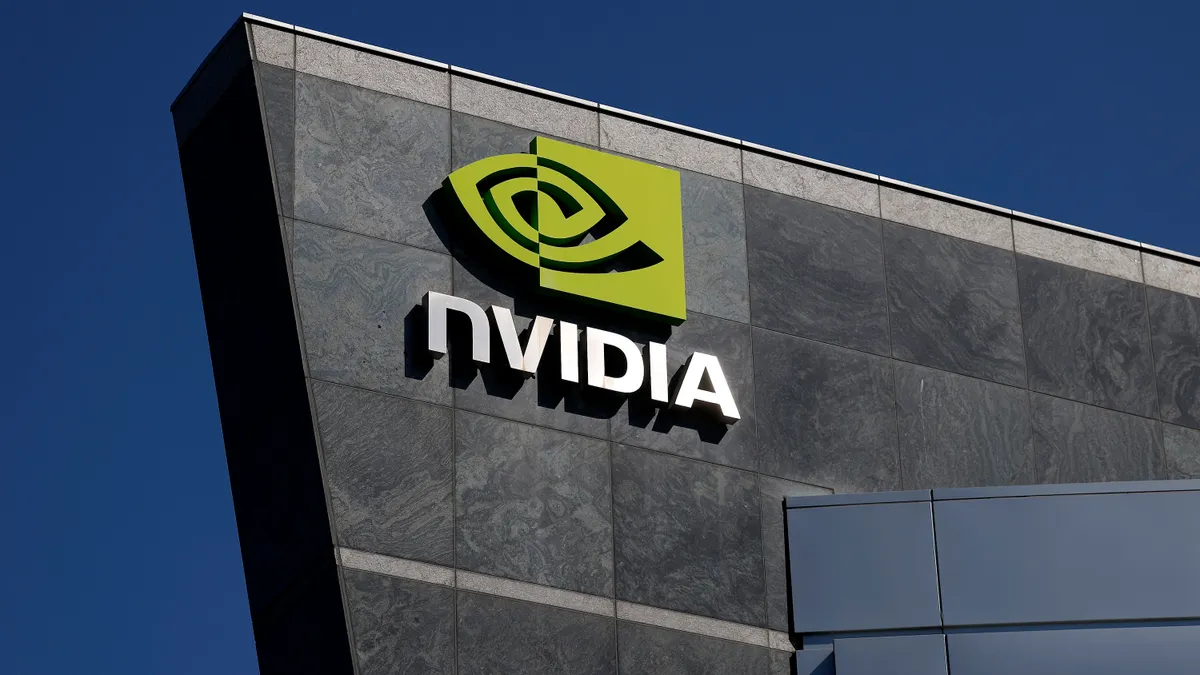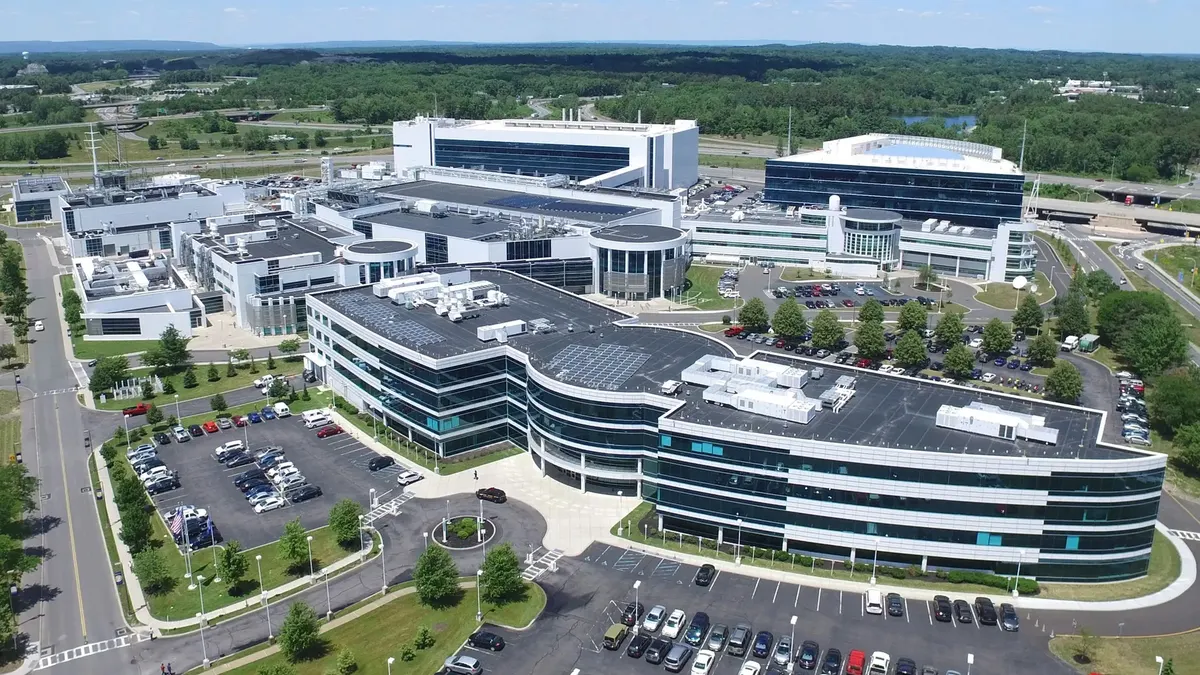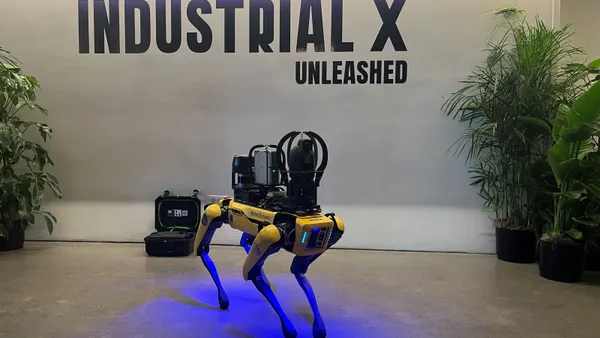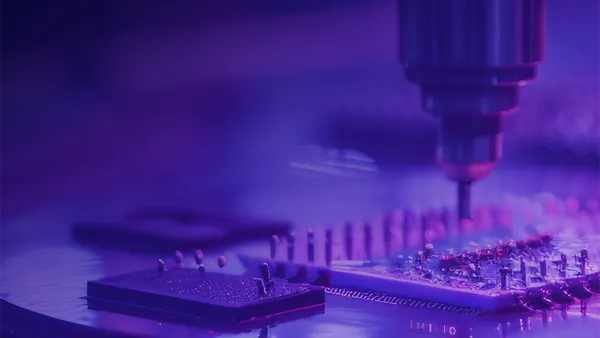Onofrio Pirrotta is a senior vice president and managing partner at Kyndryl, where he leads the technology company’s U.S. manufacturing and energy market. Opinions are the author’s own.
Artificial intelligence is no longer a futuristic concept for manufacturers; it is embedded in operations, from predictive maintenance to intelligent automation.
According to Kyndryl’s People Readiness Report, 95% of manufacturing organizations are already using AI across various areas of their business. Yet, despite this widespread adoption, a critical gap remains: 71% of manufacturing leaders said their workforce is not ready to leverage AI effectively.
This disconnect between technological investment and workforce readiness is more than a growing pain — it’s a strategic risk. If left unaddressed, it could stall innovation, limit return on investment and widen the competitive gap between AI pacesetters and those still struggling to align people with progress.
The readiness paradox
The manufacturing sector is undergoing a profound transformation. AI, edge computing and digital twins are reshaping the factory floor, enabling real-time decision making and operational agility.
So why are only 14% of manufacturing organizations we surveyed incorporating AI into customer-facing products or services?
The answer lies in the “readiness paradox.” Manufacturers are investing in AI tools and platforms, but not in the people who use them. As a result, employees are wary of AI's impact on their roles and many leaders are unsure how to guide their teams through the transition. Over half of manufacturing leaders cited a lack of skilled talent to manage AI and fear of job displacement is affecting employee engagement. The result is a workforce that is technologically surrounded but practically unprepared.
What AI pacesetters are doing differently
Pacesetting companies — representing just 14% of the total business and technology leaders in eight markets surveyed — have aligned their workforce, technology and growth strategies. They are seeing measurable benefits in productivity, innovation and employee engagement by using AI with the following approaches:
- Strategic change management: Just over 60% are more likely to have implemented an overall AI adoption strategy and have a change management plan in place. They’re treating AI as a major, well-supported transformation rather than a quick fix.
- Trust-building measures: Employees are more likely to embrace AI if they are involved in its implementation and the creation of ethical guidelines. It’s also important to maintain transparency around AI goals.
- Proactive skills development: Pacesetters are investing in upskilling, mentorship and external certifications and are more likely to have tools in place to inventory current skills and identify gaps. This gives them a clearer roadmap for workforce development as well as a head start on future readiness.
Best practices
So how can manufacturers bridge the AI skills gap and join the ranks of Pacesetters to align innovation with workforce development?
Make workforce readiness a boardroom priority
AI strategy should not live solely in the IT department. It must be a cross-functional initiative that includes HR, operations and the C-suite.
Yet research shows a disconnect. CEOs are 28% more likely than chief technology officers to say their organizations are in the early stages of AI implementation and they are more likely to favor hiring external talent over upskilling current employees. This misalignment slows progress.
Manufacturers need unified leadership around a shared vision for AI and workforce transformation.
Establishing a cross-functional AI steering committee that includes frontline supervisors also ensures alignment between technology and talent strategies. Tying AI readiness to business KPIs such as productivity, quality and innovation metrics — as well as conducting regular workforce capability audits — will further elevate its importance in strategic planning and forecast future needs based on AI roadmaps.
Build a culture of trust and transparency
Fear is a powerful inhibitor. When employees worry that AI will replace them, they are less likely to engage with it. Leaders must address these concerns directly. That means communicating openly about how AI will be used, involving employees in pilot programs and demonstrating how AI can augment, not replace, their roles.
Implementing a tiered AI education program, launching employee enablement campaigns and providing access to AI-powered tools can help bring a manufacturer’s workforce along the AI journey. Hosting AI town halls where employees from supervisory roles, as well as the frontline, can ask questions or share concerns is another way to build engagement. Worker trust can also be reinforced through the development of an internal AI ethics policy and governance board.
Invest in scalable personalized learning
Training programs must evolve alongside technology. Traditional, one-size-fits-all approaches won't cut it. Manufacturers should offer modular, role-specific learning paths that include hands-on experience with AI tools — particularly during onboarding or changes in job duties. Partnering with external experts and offering certifications can also boost credibility and motivation. Prioritizing soft skills is also important. As AI takes over routine tasks, human skills like critical thinking, adaptability and collaboration become even more valuable.
Looking ahead
The future of manufacturing is intelligent, connected and fast moving. But technology alone won't get us there. We need people who are ready, willing and able to harness its power.
By aligning AI innovation with workforce development, manufacturers can unlock new levels of productivity, creativity and resilience. They can turn the readiness paradox into a readiness advantage. Success in the age of AI belongs to those who put people at the center of transformation.


